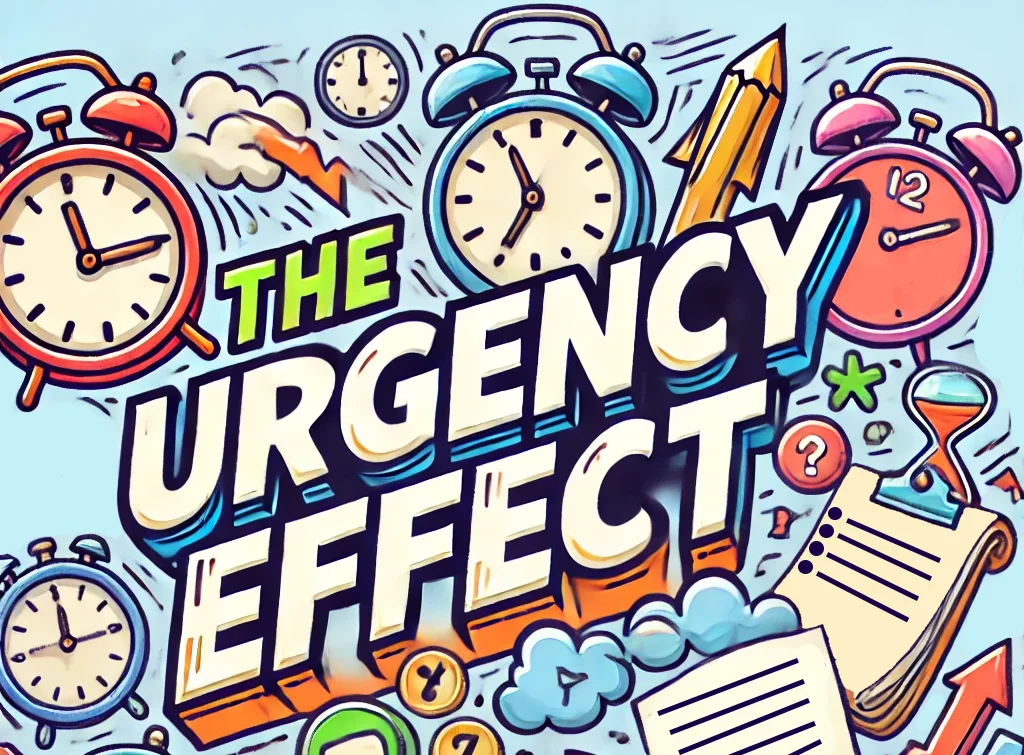News & Blog
How do I overcome imposter syndrome as a CEO?
.jpg)
I still remember one of my earliest board meetings at Stitcher. I was sitting at the head of the table, looking around at the brilliant people surrounding me, thinking:
What am I doing here? I’m not the right person for this job. I’m just faking it.
One of my board members was a founding partner at Benchmark Capital. He held the record for the best venture return in Silicon Valley history at the time—$6M into eBay turned into $3B. My co-founder Peter had a PhD in Physics. My other co-founder Mike was one of the rare few admitted to Harvard Business School straight out of college.
Meanwhile, I was the one supposedly steering the ship.
The imposter syndrome was real. And it made me slow and tentative at exactly the moment a startup CEO needs to be decisive and confident. I realized if I didn’t figure out how to handle it, I was going to hold the company back.
Here’s what helped me most.
1. Building a CEO Peer Group
I joined a small group of five other venture-backed startup CEOs. We met once a month for two hours. No phones. No laptops. Everything was confidential.
And here’s the punchline: almost everyone in that room felt like an imposter too.
These were people I deeply respected—smart, accomplished, seemingly unshakable. And yet, they were navigating the same doubts and chaos I was. Their startups looked polished from the outside, but behind the scenes, they were just as messy.
This was a turning point. I stopped comparing my internal narrative to other people’s highlight reels. Just realizing I wasn’t alone took so much pressure off.
2. Forcing Clarity with Pros/Cons Lists
When I faced tough decisions—firing someone, changing strategy, making a high-stakes hire—I started forcing myself to write down pros and cons.
The act of writing made my thinking clearer. I usually did know what the right answer was; I was just afraid to execute on it. Avoidance amplified the imposter feelings.
Later, I started keeping a list of those tough decisions and their outcomes. Over time, I saw a clear pattern: I was making good calls more often than not. That track record became my counterweight when the “you’re not good enough” voice showed up.
3. Separating My Self-Worth from Company Performance
This was the hardest shift.
For most of Stitcher’s eight years, growth was slow and linear. Venture math expects exponential curves. By that definition, the company “wasn’t working” for a long time. And I internalized that. If the company wasn’t thriving, I felt like I was failing.
Eventually, I started focusing more on input metrics—what I could directly control—rather than just outputs.
For example, during fundraising, I’d set goals like “reach out to 50 investors this week.” I learned to celebrate doing the work, not just the outcome. That helped me stabilize emotionally and break the loop of self-worth = company performance.
What Actually Fixed It
Time and experience helped the most—there’s no substitute for reps in the CEO seat. But these three practices accelerated the process dramatically.
And now, when clients come to me with their own imposter syndrome, I coach them using a similar playbook:
- Reframe the narrative that’s driving the doubt.
- Remind them of their wins and progress.
- Help them see that decision-making is usually strong; it’s the execution that’s hard.
Final Thought
Imposter syndrome doesn’t disappear at the top. It just changes shape. The trick isn’t to eliminate it—it’s to build systems, evidence, and community around yourself so it doesn’t run the show.
If you feel like an imposter as a CEO, that’s not a sign you’re failing. It’s a sign you’re pushing yourself into new territory—the place where real growth happens.
.png)



